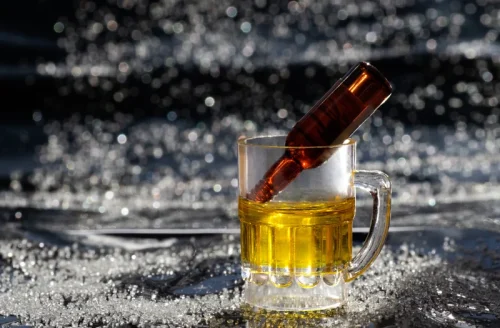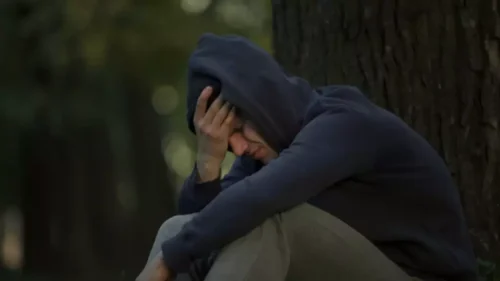
When people are influenced by those around them who share similar characteristics, such as age group or background, it can be referred to as peer pressure. So the next time you feel that subtle (or not-so-subtle) push to conform, take a moment to reflect. Is it pushing you to grow in positive ways, or pulling you away from your authentic self?

Academic Peer Pressure

This is OK, as long as the exercise or sport does not become an unhealthy way of coping, excessive to the point of negatively affecting their health, or dangerous (as in dangerous sports). Of note, substance use was also predicted by peer pressure susceptibility such that greater susceptibility was predictive of greater alcohol and drug use. Positive peer pressure, on the other hand, can help prevent substance abuse and addiction. Research suggests simply having friends who choose not to smoke, use drugs, or drink alcohol can make it less likely young people will use substances. Many people consider peer pressure a negative thing, but this isn’t always the case. People, especially teens and young adults, may be more likely to do prosocial behaviors when they see which of the following is a type of indirect peer pressure? people their own age doing the same things.

Indirect Peer Pressure
At this age, research suggests, group dynamics begin to form among children, and some may be excluded from the larger group. Children may begin to worry about balancing a sense of loyalty to their friends with compassion and fairness to others. So, friends motivate someone struggling with their mental health issues by suggesting they seek professional help to not struggle alone, thereby offering tangible emotional support. So, a teenager may begin smoking cigarettes despite knowing the health risks because alcoholism symptoms her friends smoke socially, and she wants to fit in. This type of peer pressure involves explicit communication from a person or group trying to convince another person to engage in a specific behavior or activity (The Severson Sisters, 2015). Simply, peer pressure happens when individuals conform to societal expectations within their social group while seeking validation from others.

What are the Different Types of Peer Pressure?
For children, the themes most commonly studied are their abilities for independent decision-making. For adolescents, peer pressure’s relationships to sexual intercourse and substance abuse have been significantly researched. Peer pressure can be experienced through both face-to-face interaction and through digital interaction. Social media offers opportunities for adolescents and adults alike to instill and/or experience pressure every day. Studies of social networks examine connections between members of social groups, including their use of social media, to better understand mechanisms such as information sharing and peer sanctioning.
Positive Peer Pressure
- Positive effects include fostering healthy habits or academic goals, if a young person is in a prosocial peer group.
- Although parents worry about the influence of peers, overall, parents also can have a strong influence on whether children succumb to negative peer pressure.
- Peer pressure may be a powerful force, but it doesn’t have to dictate your choices.
- While peer pressure is most frequently used to describe the influence of friends on teenagers, all people can be subject to peer pressure.
- Research suggests simply having friends who choose not to smoke, use drugs, or drink alcohol can make it less likely young people will use substances.
When you know who you are and what you stand for, you’re less https://ecosoberhouse.com/ likely to be swayed by others’ opinions or actions. This involves self-reflection, setting personal goals, and cultivating your own interests and values. Being aware of, and carefully choosing the influence of peers that will lead to healthy and happy experiences is a lifelong process. In turn, your friend might reconsider criticizing people based on their appearance. By simply adhering to your own values and sharing them with a friend, you can positively peer pressure them to think before making a negative comment. You can also positively peer pressure others by the way you respond to situations.
- Direct peer pressure is normally behavior-centric, like having alcohol forced on you when you’re known not to drink.
- The indirect pressure may prompt them to experiment with alcohol and drugs as well to gain acceptance from the “in” group.
- In turn, your friend might reconsider criticizing people based on their appearance.
For example, research has shown that teens with friends who volunteer are more likely to volunteer themselves. By being self-aware of potential negative peer influences while positively reinforcing better decisions for themselves or others, one can lead a more fulfilling life, ultimately achieving their goals effortlessly. Peer pressure can take various forms at any point in life, with common examples including spoken and unspoken cues, direct and indirect approaches, and positive or negative influences.




Add Comment